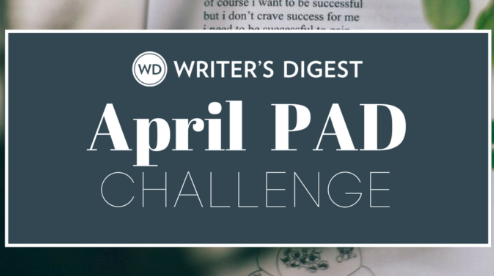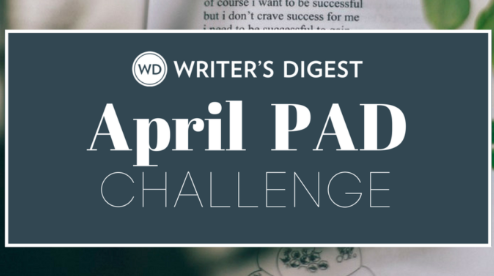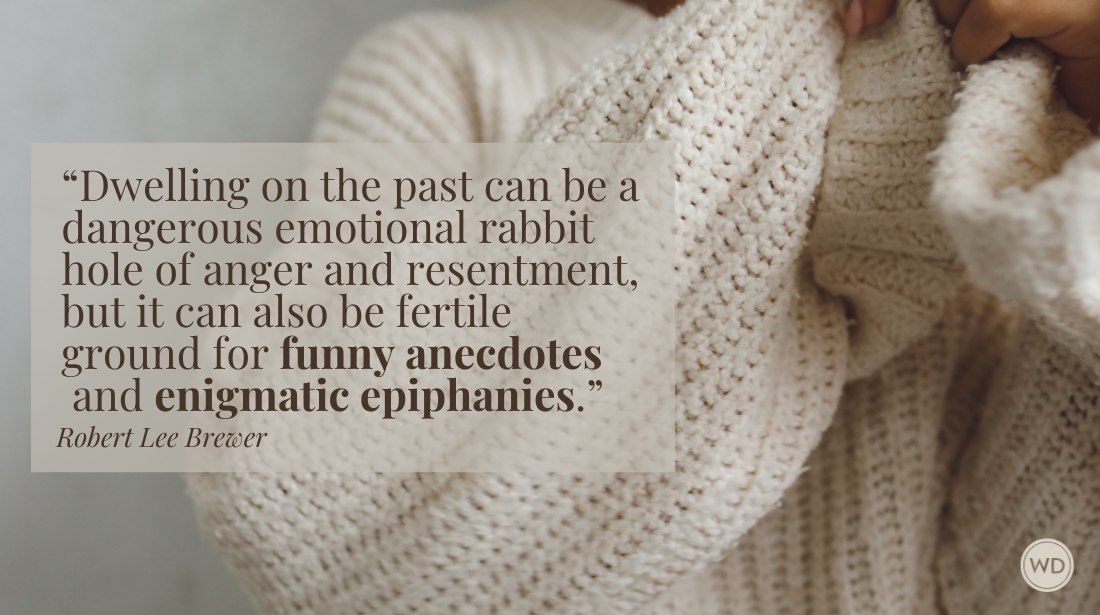Sedoka: Poetic Forms
Poetic Form Fridays are made to share various poetic forms. This week, we look at the sedoka, a 6-line question and answer Japanese form.
If sedoka sounds familiar, I've actually mentioned it before when writing about katauta. Also, it sounds like somonka, another form I've covered in the past.
Here are the sedoka guidelines:
- Two three-line stanzas
- Five syllables in the first line and seven syllables in the second and third stanzas
- First stanza is a question by one lover
- Second stanza is an answer by the other
- So it's traditionally a love poem (and often a collaborative work)
No rules for rhyme!
*****
Play with poetic forms!
Poetic forms are fun poetic games, and this digital guide collects more than 100 poetic forms, including more established poetic forms (like sestinas and sonnets) and newer invented forms (like golden shovels and fibs).
*****
Here’s my attempt at a Sedoka:
Untitled Sedoka, by Robert Lee Brewer
why do winter stars
shine brighter than summer stars
as if they are shards of glass?
don't blame the seasons
on the ever changing heat
of your lover's quick embrace.
Robert Lee Brewer is Senior Editor of Writer's Digest, which includes managing the content on WritersDigest.com and programming virtual conferences. He's the author of 40 Plot Twist Prompts for Writers: Writing Ideas for Bending Stories in New Directions, The Complete Guide of Poetic Forms: 100+ Poetic Form Definitions and Examples for Poets, Poem-a-Day: 365 Poetry Writing Prompts for a Year of Poeming, and more. Also, he's the editor of Writer's Market, Poet's Market, and Guide to Literary Agents. Follow him on Twitter @robertleebrewer.





